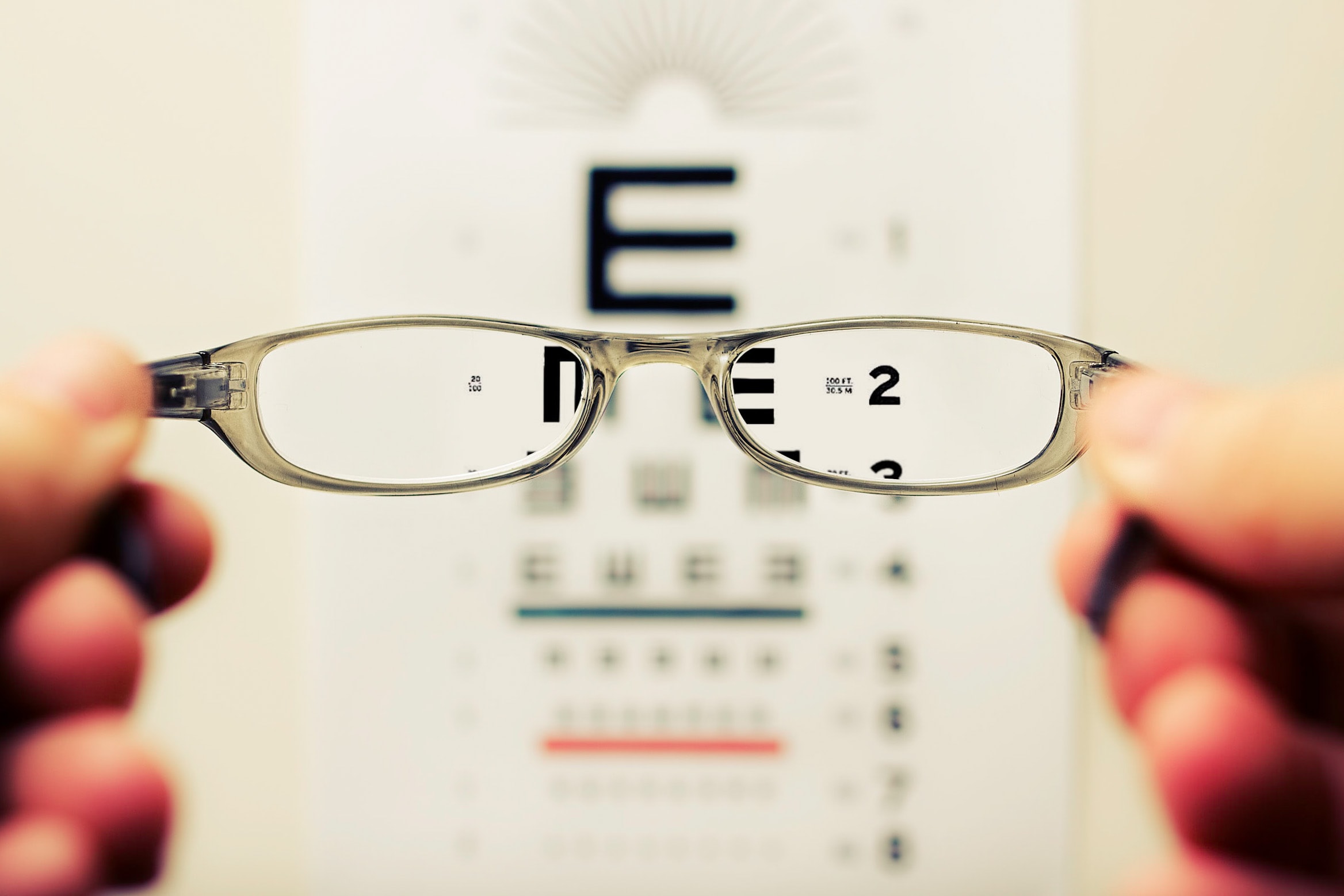 |
|
The study found a higher risk for bilateral myopia in the obesity BMI category and the lower height category, as well as in a pre-hypertension group in males. Photo: David Travis on Unsplash. Click image to enlarge. |
Refractive error is a well-researched phenomenon, but its pervasiveness across diverse populations makes it difficult to draw firm conclusions about predisposing factors. Studies have documented associations between myopia and bodily attributes such as height, weight and body mass index. Recently, a group of Israeli researchers assessed young adults’ height and weight as possible sex-specific risk factors for myopia to increase their understanding of how these characteristics impact myopia prevalence in this cohort.
For this study, the researchers used data from the Israeli Defense Forces. Since 17-year-olds in Israel are obligated to establish their readiness for army status, they undergo medical evaluation, including an eye exam, at regional recruitment centers throughout the country. Exempted from service and thus excluded from this data collection are several categories of women (mothers, pregnant women or those who are married), ultra-orthodox Jewish citizens and certain minority groups. Researchers also eliminated recruits with more than one refractive error. Ultimately, a total of 22,326 myopes and 79,112 emmetropes were analyzed in this study (101,438 subjects total).
The study population was 57.9% male and 42.1% female, all 17 years old, and researchers observed myopia prevalences of 19.1% and 26%, respectively. One association study by the team concerned body mass index (BMI) with subjects stratified into the categories underweight, normal, overweight and obese. Here are their findings:
- Myopia prevalence in young men: 20.5% for underweight; 18.7% for normal; 20.1% for overweight; 22.3% for obese.
- Myopia prevalence in young women: 27.4% for underweight; 25.7% for normal; 26.8% for overweight; 27.6% for obese.
Other variables such as height and weight were assessed in this study. Researchers observed a higher prevalence of myopia among males in lower height categories (21.4% in the ≤10th height percentile compared to 18.5% to 19.6% in other height categories). This was not the case for female subjects (27% in the ≤10th height percentile compared to 25.4% to 26.5% in other height categories).
In another analysis, researchers noted associations with myopia. Male subjects in the ≤10th weight percentile recorded 20.4% prevalence vs. 21.4% for those in the ≥90th weight percentile and 18.7% in other weight categories. Similarly, female subjects in the ≤10th weight percentile had a 27.5% prevalence, compared to 27.7% for those in the ≥90th weight percentile and 25.5% in other weight categories. Researchers found no interactions of BMI with height or weight in association with myopia.
“Although we observed no significant interaction of height and BMI, the increased risk for bilateral myopia in the lower height decile—overall and within the same BMI group (from normal to obesity)—warrants further research,” mentioned the researchers in their paper on the study.
Machluf Y, Israeli A, Cohen E, et al. Dissecting the complex sex-based associations of myopia with height and weight. Eye 2024. [Epub ahead of print]. |

